Kirk Gair, DC
As we are hunkered down and wondering when we will emerge from quarantine like Punxsutawney Phil, the famed groundhog who predicts the return of spring, we need to be proactive and start planning how we can actually take advantage of this unique event in history to propel us forward as a profession and create opportunities for our office to grow as well.
Historically, “essential” businesses have thrived following recessions, and our designation as an “essential” business can be leveraged as people are going to need our help now more than ever.
Think about the negative effects all the stress, bad eating at home, and inactivity from lockdowns will have on Americans. They are going to emerge with more bodyfat (like the fabled “freshman 15” from college dorm life), more inflammation, more pain, more neuroinflammation, more of everything bad. They are going to be scared to go to traditional medical offices for fear the virus is still lurking there so they will look for alternatives like chiropractic.
If nothing else, this pandemic has shown us how ill prepared most of the country and world has been and the need for everyone to be as proactive with their health as possible before the next one hits. When you look at the stats of what pre-existing conditions were linked with the most complications, you can see where there are some of the biggest opportunities to help people by sharing the chiropractic lifestyle that sees health as so much more than merely the absence of disease.
While everything got shut down out here in California relatively early, I made sure that I was doing everything I could with diet, supplementation, chiropractic, and laser therapy, to make sure my immune system was supported, and I shared that information with my patients. Unfortunately, a large part of the population didn’t value these things as much as they should have prior to this pandemic, but they must come out of this realizing that they cannot take their health for granted
anymore.
I realized I needed to be proactive to plan for what we do next, as that was what not only got my office through the financial crisis in 2007, but also led to huge growth.
California was hit particularly hard then. We had already been hurt in 2004 when Governor Schwarzeneggar, “The Governator” as we called him, basically carved us out of the work comp system. The recession was the final nail in the coffin and we saw record numbers of chiropractic offices go out of business.
I had been sharing office space with another doctor at the time, and our different approaches to the crisis led to wildly different results. He let fear freeze him, and said he was going to “wait to see how everything turns out.”
I told him I planned to trade in my single laser for a base station that had 3 lasers, get a new lease on a different office at a hugely discounted rate, and start promoting my unique laser and chiropractic combo to a group that always needs care, which is athletes.
He thought I was crazy and being too risky, while I saw the opportunity to grow and gain the patients from the offices that closed from not having a plan. The results were that we thrived and got busier than ever, and he ended up quitting chiropractic completely due to lack of a plan and waiting to act until it was too late.
So how am I looking at the worldwide event and planning accordingly? Here is my personal game plan as I am not going to sit around “wait” to see how things go.
1. Patient Education
Currently I am ramping up my social media, email campaigns, and appearances in online summits and master classes because I know most of my patients are stuck at home and are hungry to learn what they can do to help themselves and their families. Most of the time people are caught up in their daily grind of work and taking kids to school and sports events and don’t have time to read or listen to what you send to them, but now they do, so take advantage of it and position yourself as the expert who has future technology and information now.
2. Prepare to become the Pain Management Expert in your community
When the US becomes open for business again, most Americans will not be in a position to miss work for any reason whatsoever as they will be struggling to pay the bills and keep food on the table for their family. I am preparing my marketing efforts to target construction workers who have been off of the job 6-8 weeks, for service industry workers who have had their hours cut in half due to social distancing, for flight attendants who have been furloughed. These industry workers that help drive the US economy will still be in pain from the years they have been lifting heavy construction equipment, working long shifts on their feet, or sitting in an uncomfortable jump seat for several hours a day. These
patients will still need our help and will not have the ability to take time off work.
80% of adults experience Low Back Pain at some point in their life, and it accounts for the number one reason for work-related disability. These patients suffering from low back pain will not want to pursue back surgery due to the recovery time, they will not want to receive injectables due to the cost. Our profession is in the best position to help these patients, so we need to let them know we are there for them.
Nurses or Doctors who have been working countless hours and insanely long shifts to keep up with the COVID-19 demand at their hospital will be in pain. These frontline workers will need our help now more than ever.
3. Sports Targeting
I have already positioned myself as the go to sports guy in my area after the last recession, and now I plan to double down on that. When you combine chiropractic with low level lasers, you can do some amazing things to not only help them recover from injuries but also enhance their performance. I have laser techniques I use that literally change function within a few minutes, and athletes report throwing harder, running faster, and hitting better. I have webinars with research citations and case studies that are free if you are interested to learn more.
One study I cite is from the Journal of Biophotonics, which said that the performance boost from laser therapy on athletes was similar to performance enhancing drugs, and they were not sure if lasers should be allowed in international competition because it gave lasered athletes an “unfair advantage.”
And what athlete doesn’t want an unfair advantage? Look at what Lance Armstrong did to win, or the recent Houston Astros. At least with lasers there is no ethical quandary or side effects.
Young athletes across the USA have been shut down, and when they come back they are going to go at it full speed. This will lead to a lot of injuries that will need your help! Plus, they are going to want to make up for lost time and lasers added to chiropractic care can accelerate their performance like nothing I have ever seen. These athletes and coaches talk a lot and will do a ton of marketing for you when they know you are their “go to” sports chiropractor. The Joint cannot compete with this combo, and these patients will pay cash as they are doing all they can to get a scholarship to college in a way that is different from Lori Loughlin’s method!
4. Immune support
First off, no laser or supplement is FDA cleared for “immune boosting.” However, we do know that a healthy diet, proper supplementation (especially when based on lab tests), and chiropractic care, can help keep a body functioning at a high level to minimize the risk of being a weakened host.
What most people are unaware of is the volume of research on lasers that goes back to the 1960s on their ability to have a positive effect on immune markers and to seem to provide some support for various pathways.
For example, did you know that by 1974 the USSR had made low level lasers part of their state sponsored standard medical care program? Most do not.
Most people do not know that violet and blue lasers have been shown in studies to have antimicrobial and antiviral effects, or that those effects require lower dosages when used on living tissue vs when outside of living tissue. One study in the journal Food and Environmental Virology from 2017 by Tomb et. al., showed 405 nm wavelength having a virucidal impact on feline calicivirus and norovirus. But you don’t hear about that very much.
There was news coverage as well about the potential benefits of Viagra for Covid patients because of Nitric Oxide. Well, lasers stimulate the production of nitric oxide, as well as
glutathione, which was also shown to be beneficial. Numerous studies show modulation of IL-6 and IL-10 in a favorable manner as well, but again they don’t get much press.
The lasers that I use have full body clearances for dampening not only pain but also inflammation, and if people paid attention to the news they heard how those inflammatory
cytokine storms were the deal breakers in how people responded.
Patients are going to come out of this pandemic having a better understanding of just how important it is to lower inflammation and do all you can to support your immune system. This creates a unique opportunity for us as we have a special skill set that mainstream care is far behind in understanding.
5. Ramp up the Aesthetics side of my practice
Well, first off, we know from previous recessions that one thing that always has a demand is the beauty side of things. An article from Reuters during the last recession quoted researchers from TCU who found that a downturn in the economy has a positive impact on the beauty industry, in what has been dubbed the “lipstick effect” and that price is not an issue.
According to Prof Sarah Hill from TCU, whose research is published in the Journal of Personality and Social Psychology, a downturn in the economy has been linked to an upswing in beauty sales since the Great Depression.
Furthermore, The American Society for Aesthetic Plastic Surgery stated that despite the recession, Americans shelled out almost $10.5 billion to get pretty, and there was only a 2 percent decrease in the total number of procedures.
Dr. Richard Fleming, a facial plastic surgeon and co-director of The Beverly Hills Institute in California said a fresher look enhances job prospects.
“From executives to everyday working people in the corporate world particularly, they look at improving their appearances as an investment in their future, because appearance does count,” he said. “If they don’t look as good as the person with similar qualifications, my bet is on the person who looks more rested and looks better than the one who looks tired.”
Fleming said even the unemployed shell out the bucks to get cosmetic procedures.
“While people are out of work, they’re not doing it for personal reasons because they want to look better,” he said. “They’re doing it because it’s more competitive than it was before the recession. That’s their stimulus – spending money trying to get in the workforce.”
About 85 percent of the total procedures were nonsurgical ones, according to American Society for Aesthetic Plastic Surgery. These types of procedures, such as Botox and chemical fillers to reduce wrinkling, cost less than major surgeries.
“People might not have money for more involved procedures which last longer,” Fleming said. “But they do have money for fillers, Botox, that kind of thing.”
So what is my plan of attack, and what do cosmetic surgery stats have to do with chiropractic? Here are some big points I’m targeting based on prior data:
With the above cosmetic stats in mind, one of the big things we are going to promote once the stay at home orders are lifted is our Zerona Z6 non surgical laser body contouring packages. People are posting memes all over social media about their before and after quarantine weight gain, and they are going to want to get that off ASAP, especially with summer right there.
We are going to offer these packages where the patient can use Varidi, which is not credit based, to finance their fat loss packages over 6 or 12 months while we can get the full money up front.
This will create a nice boost in cash flow, and according to the stats from the last recession, with people trying to get an advantage over others for a job while coming out of quarantine we expect this to be a big boom for our office.
This is a time when you can get some awesome technology added to your practice that you may have been thinking about for a long time but didn’t have the time to learn about or didn’t like the interest rates. Right now you can add these pieces of equipment or office upgrades at insanely low price points or interest rates
You also have the time to finally watch webinars and take online courses for CEU while learning how to master and implement lasers and other technologies into your practice. I would turn the
“negatives” of this slowdown into “opportunities” and start planning now!






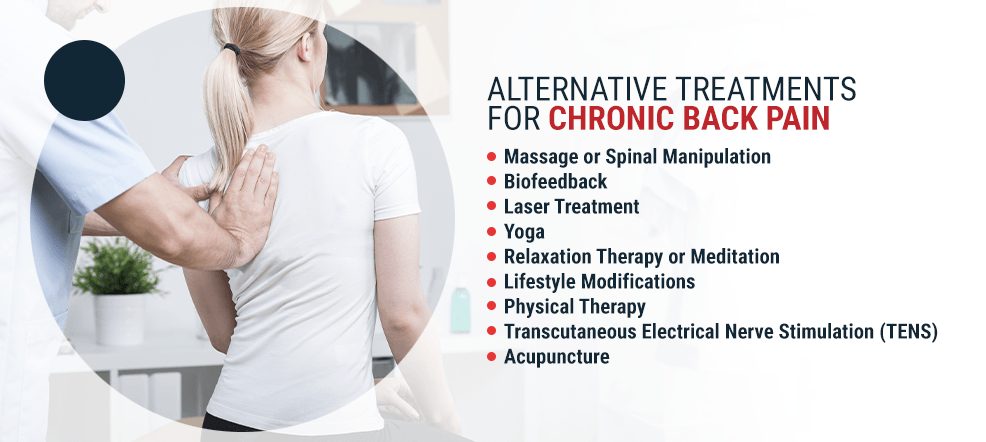
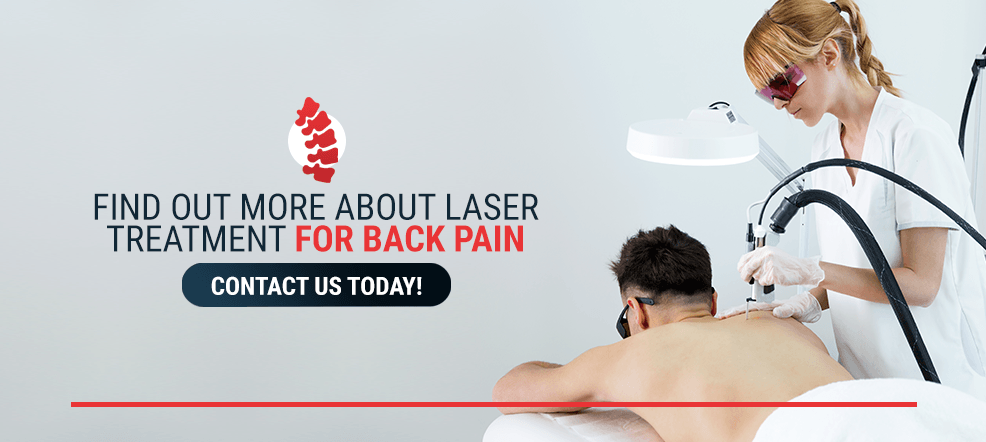
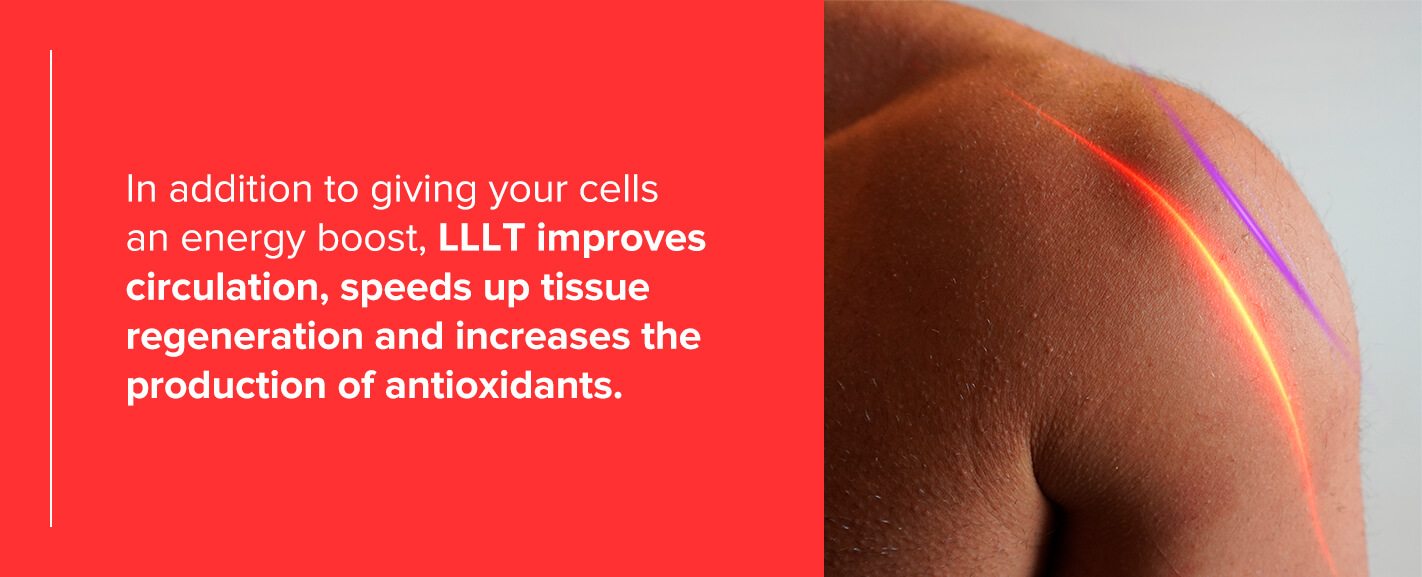
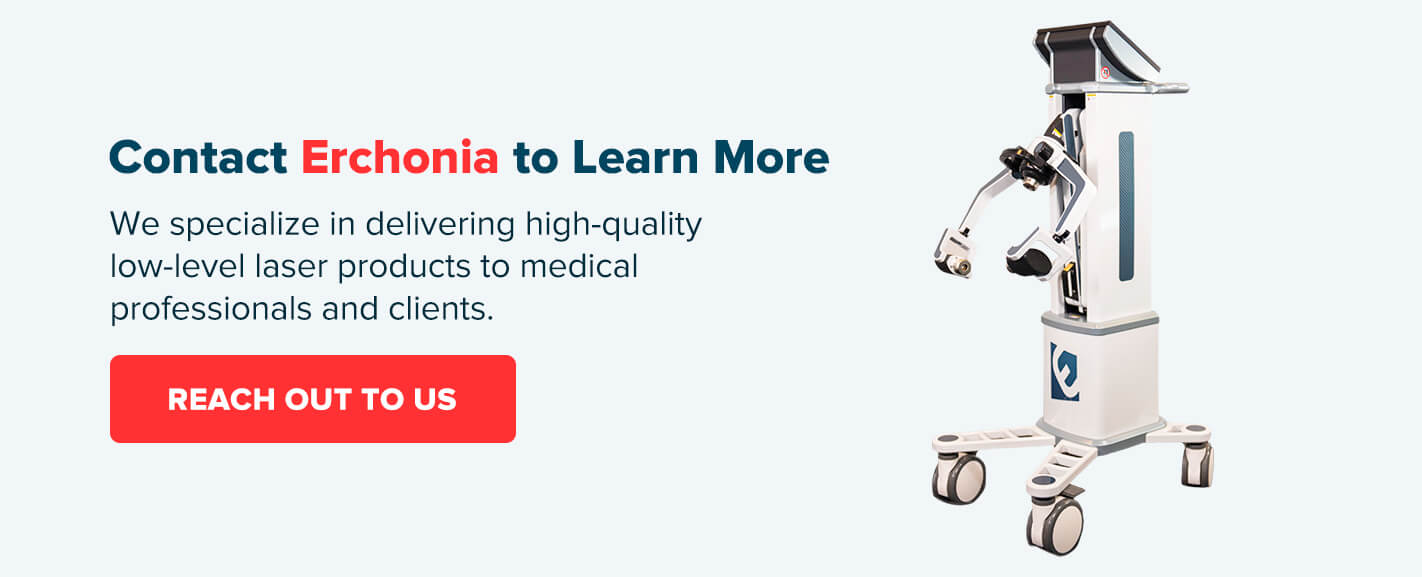
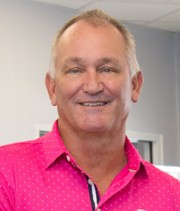 Steven Shanks
Steven Shanks